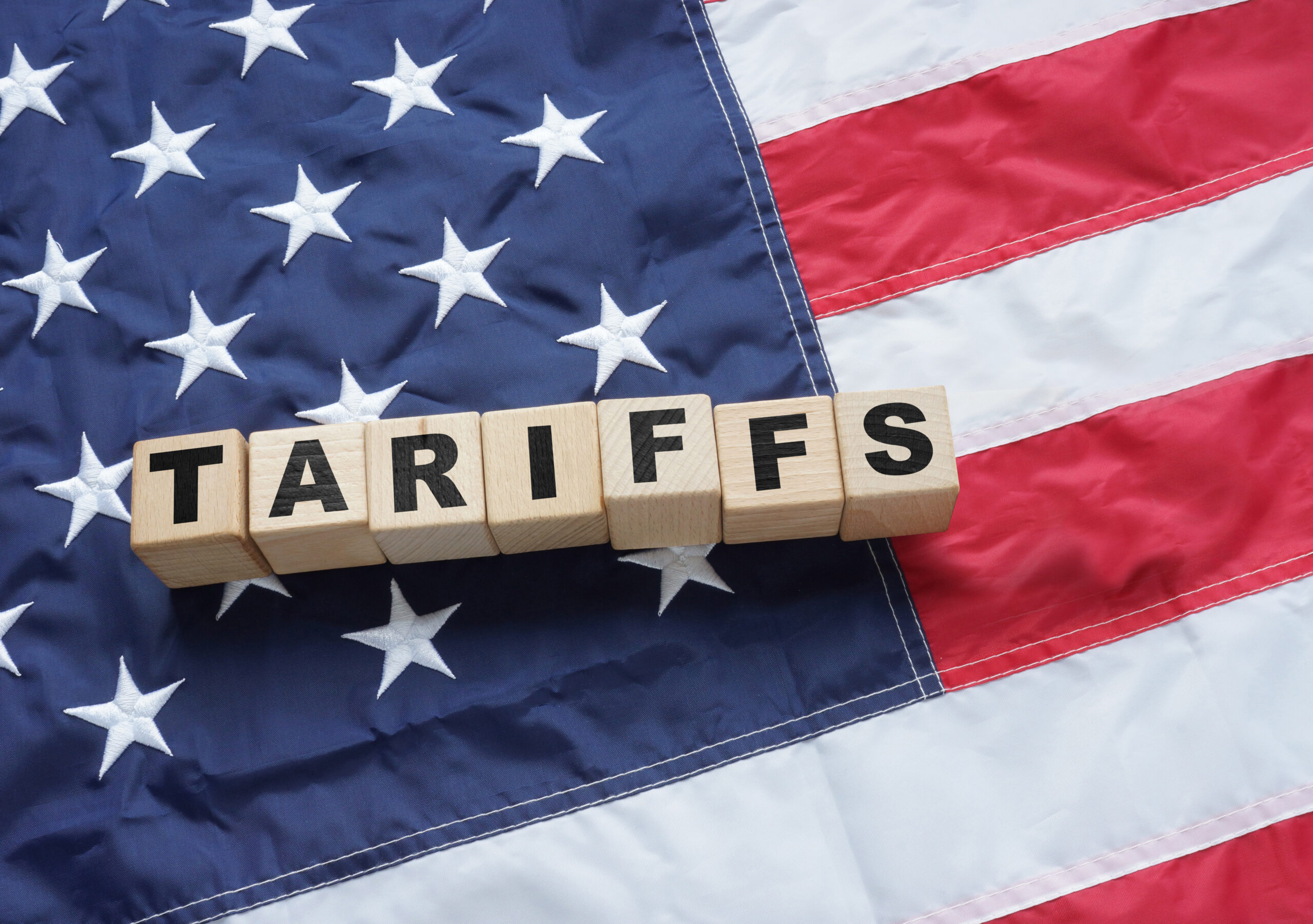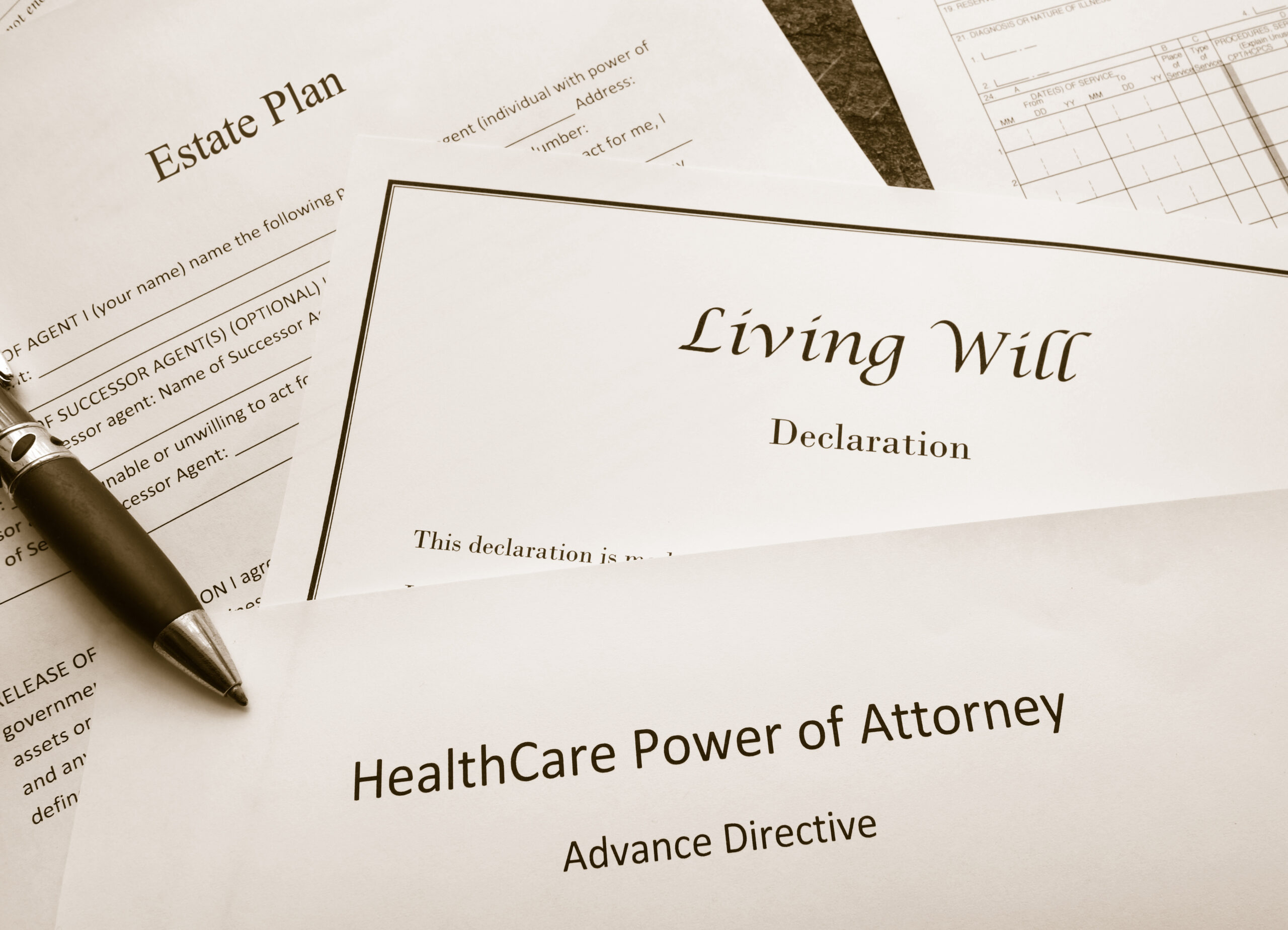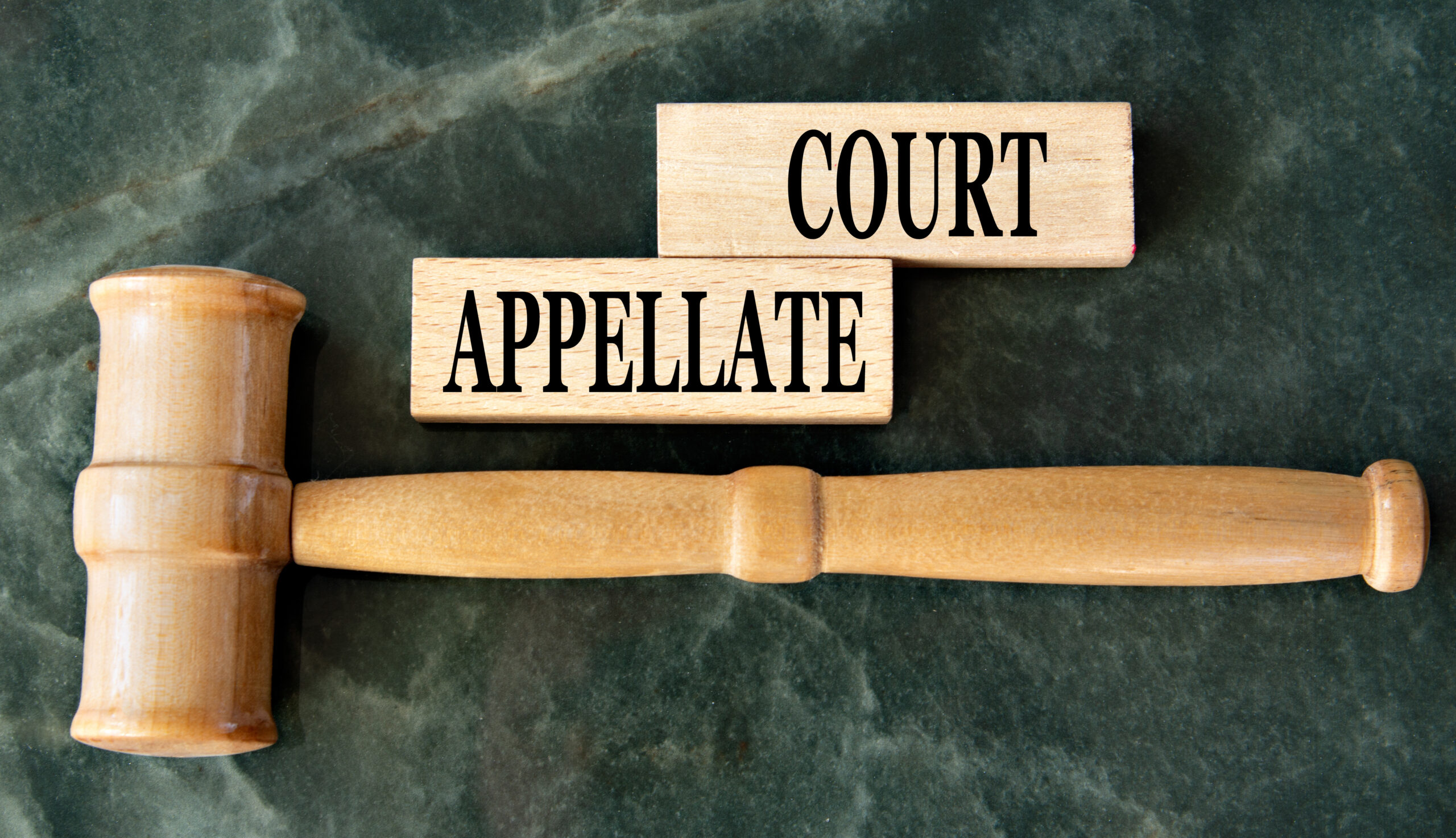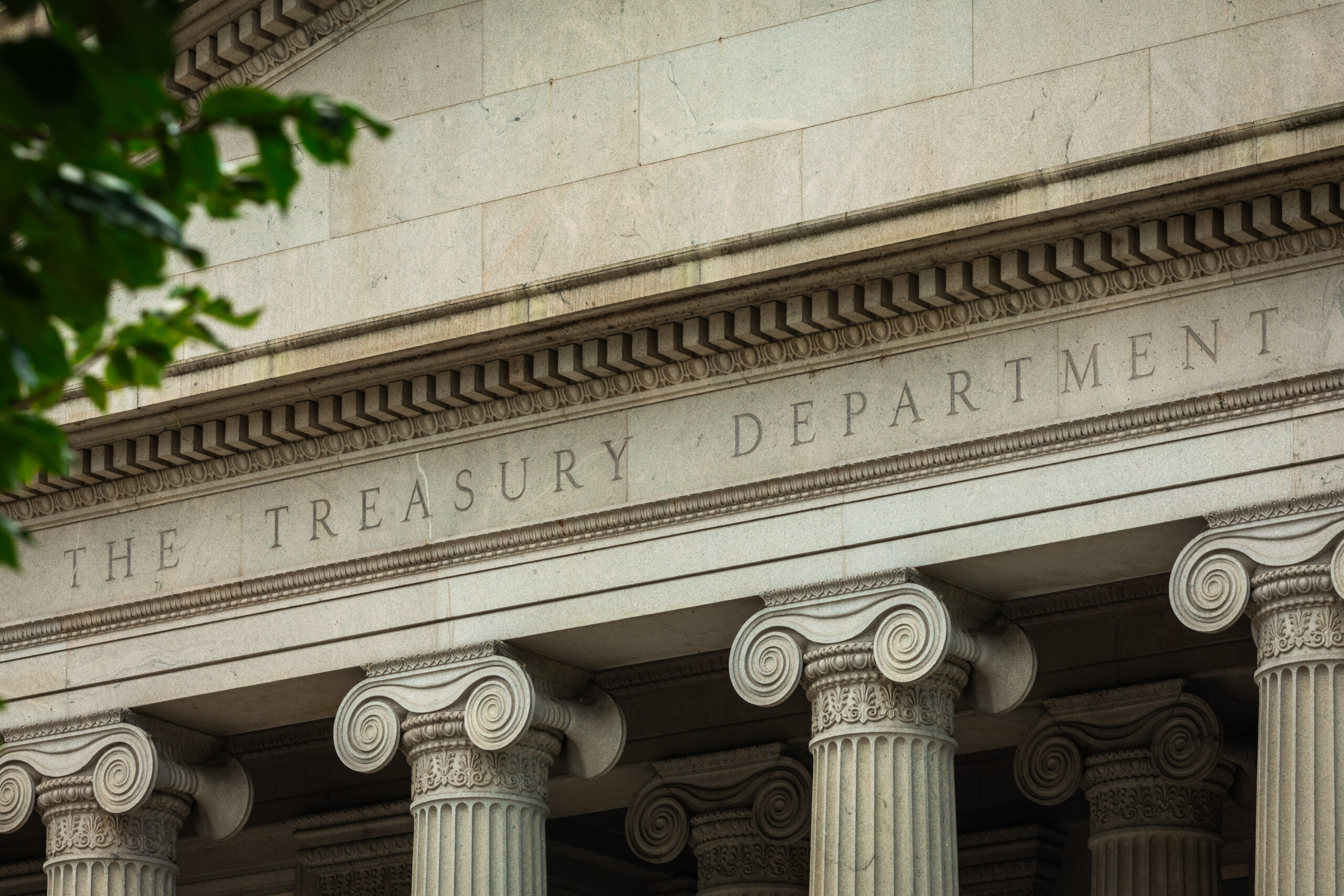Involuntary bankruptcy represents a way for creditors to force a person or business that is not paying its debts into bankruptcy. This process is usually used as a means to prevent the dissipation of assets or favoritism of certain creditors or “insiders.” Involuntary bankruptcy is generally invoked against a failing business to ensure fairness and transparency, with the idea that a neutral trustee, or the Bankruptcy Code’s disclosure requirements, will result in fair and equal treatment of creditors.
The requirements for commencing an involuntary bankruptcy proceeding are straightforward: a petition my be filed by three or more creditors, each of which holds a claim that is fixed and not subject to bona fide dispute, and which aggregate at least $15,325 (a figure that is sometimes adjusted for inflation). If the petition is not timely contested, or if after a trial the court finds that the debtor is generally not paying its debts as they come due, the court shall order relief – that is, put the debtor in bankruptcy. At that point, a trustee is appointed who is responsible to liquidate the debtor’s assets to pay the creditor’s claims. The debtor may have the option to convert to another chapter of the Bankruptcy Code.
Because the consequences of filing an involuntary bankruptcy can be serious, the Bankruptcy Code provides that if the court dismisses the petition other than by agreement of all petitioners and the debtor, the court may award costs or reasonable attorney’s fees. If the petition is found to have been filed in bad faith, the court may also award damages proximately caused by the filing or punitive damages.
While the specific requirements for filing an involuntary petition are simple enough, the mechanical application of the legal standards to a particular filing will not end the inquiry if the petition was filed in bad faith. In In re Forever Green Athletic Fields, the Third Circuit Court of Appeals held that bad faith is a defense to an involuntary bankruptcy filing, even where the Code requirements of number of creditors and aggregate amount of undisputed claims are satisfied.
The underlying case was, literally, a turf war. Forever Green sold artificial turf playing fields. A former employee (Dawson) both opened a competing business, known as ProGreen, and recovered a claim for unpaid commissions. A suit arising out of the alleged diversion of corporate assets from Forever Green to ProGreen was moved to arbitration. Dawson then moved to stay the arbitration asserting that Forever Green was insolvent. In response, Forever Green filed suit in attempt to reinstate the arbitration. Rather than litigate that action, Dawson, along with his wife and another creditor, commenced an involuntary bankruptcy against Forever Green. After a trial, the bankruptcy court dismissed the filing on the basis of Dawson’s bad faith in initiating the petition. The district court affirmed and the Court of Appeals addressed the issue of whether the bad faith of a petitioning creditor can constitute a defense to an involuntary petition.
In short, the Court of Appeals reiterated the equitable nature of bankruptcy, noting that the Bankruptcy Code’s careful balancing of interests should not be “undermined by petitioners whose aims are antithetical to the basic purposes of bankruptcy.” Recognizing the potentially serious adverse consequences of an involuntary petition, the Court found that courts should be wary of creditors who may find alluring the “retributive quality” of thrusting a debtor into bankruptcy. Moreover, the Court concluded that allowing for the dismissal of bad-faith filings will encourage creditors to file petitions for proper reasons such as to protect against the preferential treatment of other creditors or the dissipation of the debtor’s assets.
In this case, the Court, applying a “totality of the circumstances” standard for determining bad faith, found ample evidence in the record to support the finding that Dawson’s conduct did not comport with the requirement of collective creditor action and constituted bad faith. “He put his own interests above all others.” Contrary to the spirit of the Bankruptcy Code, “it is improper for creditors to use the bankruptcy courts to gain a personal advantage in other pending actions or as a debt-collection device.” Thus the Court affirmed the dismissal of the involuntary petition as a bad-faith filing.
The Court declined to address Dawson’s argument that the petitioning creditors should be allowed to cure the defect by allowing other creditors to join in the petition. The Court noted that an interesting question “percolating in the courts” was the so-called “bar to joinder” rule. Under this rule, a petition that was filed in bad faith cannot be saved by joining good-faith creditors prior to dismissal. Some Courts reject the “rule” on the basis that it “blindly lumps good- and bad-faith filers together and needlessly punishes everyone.” In this case, the Court did not reach the question, because the joinder of additional creditors is only available prior to dismissal. In this case, no additional creditors tried to join in before the involuntary petition was dismissed.
While the usual case of dismissal of an involuntary petition focuses on questions of whether the statutory requisites were met and, if not, whether the petition was filed in bad faith, it is now established that the petition must also be filed in “good faith,” and include the existence of proper reasons, such as to avoid the preference of certain creditors or the dissipation of assets. Likewise, under the totality of the circumstances test, there must be an absence of “bad faith” factors, including such things as ill will or desire to harass the debtor, to obtain a disproportionate or tactical advantage, or as a as a substitute for customary debt-collection procedures. In light of the severe consequences recognized by the Court, and the potential for an award of damages, including punitive damages, creditors must make a reasonable inquiry into the relevant facts and pertinent law before filing.









